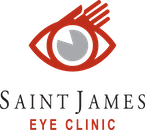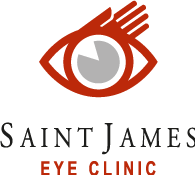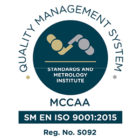For most people with occasional or mild dry eye symptoms, it is enough to regularly use over-the-counter eye drops (artificial tears). If your symptoms are persistent and more serious, you have other options. What you do depends on what’s causing your dry eyes.
Some treatments focus on reversing or managing a condition or factor that’s causing your dry eyes. Other treatments can improve your tear quality or stop your tears from quickly draining away from your eyes.
In some cases, treating an underlying health issue can help clear up the signs and symptoms of dry eyes. For instance, if a medication is causing your dry eyes, your doctor may recommend a different medication that doesn’t cause that side effect.
If you have an eyelid condition, such as out-turning lids (ectropion), your doctor may refer you to an eye surgeon who specializes in plastic surgery of the eyelids (oculoplastic surgeon). Or if you have rheumatoid arthritis, your doctor may refer you to a rheumatologist.
Medication
Drugs to reduce eyelid inflammation. Inflammation along the edge of your eyelids can keep oil glands from secreting oil into your tears. Your doctor may recommend antibiotics to reduce inflammation. Antibiotics for dry eyes are usually taken by mouth, though some are used as eye drops or ointments
Eye drops to control cornea inflammation. Inflammation on the surface of your eyes (cornea) may be controlled with prescription eye drops that contain the immune-suppressing medication cyclosporine or corticosteroids. Corticosteroids are not ideal for long-term use due to possible side effects
Surgery
Closing your tear ducts to reduce tear loss. Your doctor may suggest this treatment to keep your tears from leaving your eye too quickly. This can be done by partially or completely closing your tear ducts, which normally serve to drain tears away.
Tear ducts can be plugged with tiny silicone plugs (punctal plugs) which are removable. Tear ducts can also be plugged with a procedure that uses heat, which is a more permanent solution called thermal cautery.
Other treatments
Using light therapy and eyelid massage. A technique called intense-pulsed light therapy followed by massage of the eyelids helps people with severe dry eyes.




